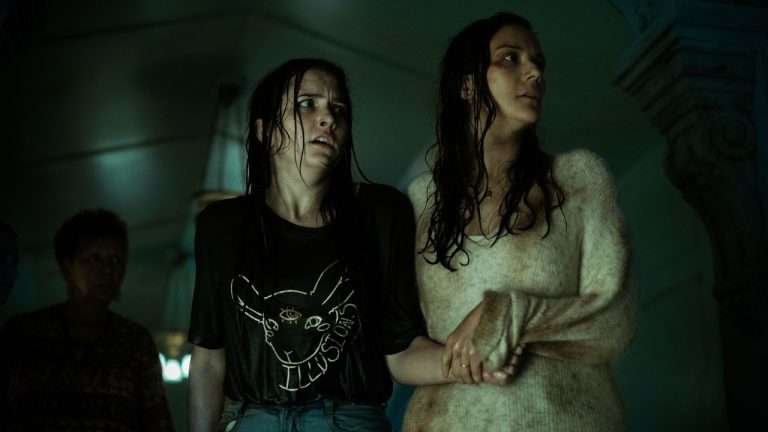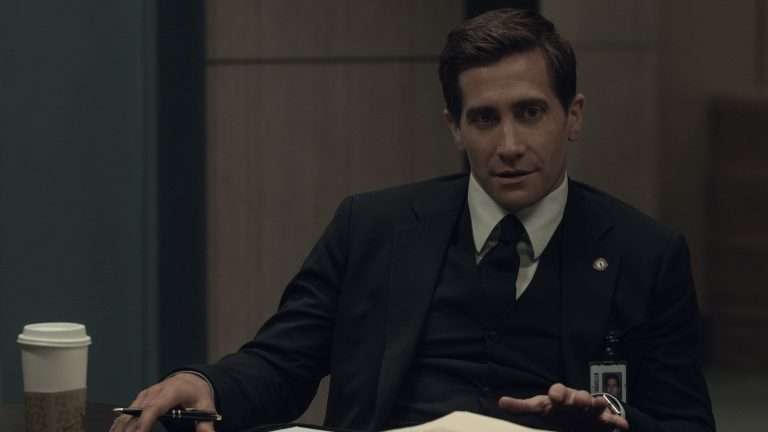Transformers: Rise of the Beasts, directed by Steven Caple Jr., has made its highly anticipated debut in theaters, offering fans an exhilarating dose of action as the Maximals make their way to Earth. In this latest installment of the beloved franchise, Optimus Prime and the Autobots face their most daunting challenge yet: a new threat capable of annihilating the entire planet. To save Earth, they must join forces with the formidable faction of Transformers known as the Maximals. Arriving six years after Michael Bay’s five-film series and Travis Knight’s franchise spin-off/adaptation, Bumblebee, which was released in 2018, the burning question arises: Is Transformers: Rise of the Beasts a sequel to Bumblebee? While the answer may seem straightforward, the convoluted nature of the Transformers timeline can perplex even the most dedicated fans.
In this article, we will delve into the latest Transformers movie and explore its place within the expansive universe established by Bay.
What is ‘‘Transformers: Rise of the Beasts’ about?
Set in 1994 Brooklyn, a new menace emerges, introducing us to the Maximals—a fearsome group of colossal robot-animal hybrids adorned with a captivating blend of fur and feathers. Our protagonist, Ramos (Noah Diaz), is an ex-soldier struggling to make ends meet and support his ailing mother (Velez) and younger brother Kris (Dean Scott Vazquez), who battles with sickle cell anemia. Desperate for money, Ramos seizes an opportunity to steal an extravagant car with one of his neighborhood comrades, leading him to venture into the parking lot of a museum.
Unbeknownst to Ramos, Elena (Fishback), an ambitious archaeologist, conducts her research within the same institution, uncovering an ancient stone with peculiar extraterrestrial properties. As the pieces of the puzzle fall into place, Elena realizes the stone might be an otherworldly artifact. Coincidentally, the car Ramos unwittingly commandeers is revealed to be Mirage, one of the valiant Autobots.
Through Mirage’s narrative, we delve into the reasons behind Optimus Prime’s urgent call for the Autobots to regroup within their newly established sanctuary. As the truth unravels, Ramos and Elena find themselves drawn into a high-stakes battle against the formidable Maximals.
Motivated by their love for Brooklyn, they courageously volunteer to join the fight, safeguarding their home while grappling with profound moral dilemmas. Together, Ramos and Elena embark on a gripping journey, defying overwhelming odds to protect not only their loved ones but also the very fate of planet Earth itself.
Is ‘Transformers: Rise of the Beasts’ a Reboot, Sequel, or a Prequel?
Transformers: Rise of the Beasts follows up on Bumblebee
“Transformers: Rise of the Beasts” serves as a sequel to the critically acclaimed “Bumblebee.” This film, directed by Travis Knight, revitalizes the Transformers franchise by charting a new path that diverges from the bombastic style of Michael Bay’s earlier installments. Set in 1984, “Rise of the Beasts” continues Knight’s creative vision, allowing for fresh stories that are not bound by the constraints of the previous timeline.
While Hailee Steinfeld expressed her initial disappointment that “Rise of the Beasts” isn’t a direct continuation of “Bumblebee,” both films share a common setting in the 1980s. Travis Knight’s “Bumblebee” acted as a reboot, intentionally shifting the narrative away from the main Transformers timeline established in the Bay movies.
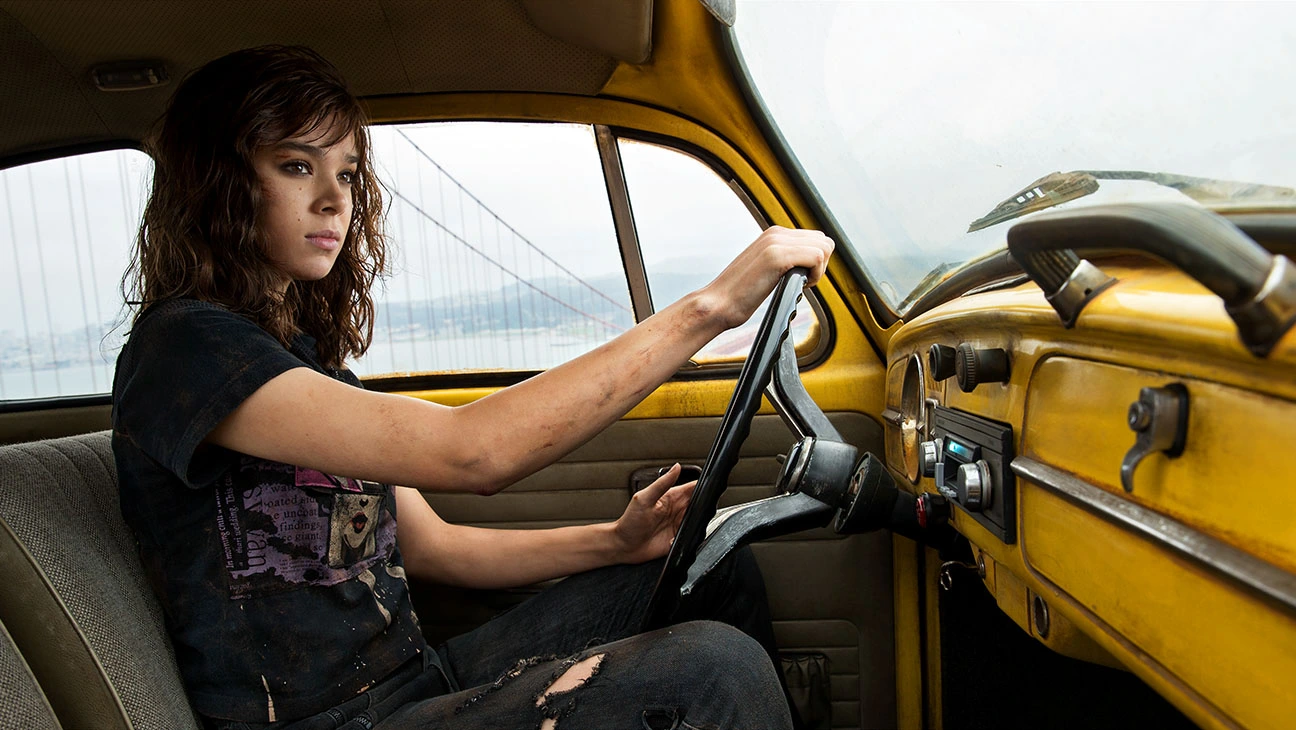
The new film can also be seen as a prequel
“Transformers: Rise of the Beasts” takes us back to the late 80s and early 90s, offering a story that predates the events of the first Transformers film and the iconic journey of Sam Witwicky (Shia LaBeouf). While Witwicky’s adventures alongside the Autobots spanned several years and multiple movies, leading to the era of Cade Yeager (Mark Whalberg) and Michael Bay’s later Transformers films, “Rise of the Beasts” presents an entirely distinct narrative.
Under the direction of Caple Jr., the film introduces fresh robot factions, namely the Maximals, Predacons, and Terrorcons, along with a captivating new antagonist. This reintroduction breathes new life into the franchise, offering audiences a break from the familiar clash between Earth and Megatron that has dominated the previous installments for years.
“Rise of the Beasts” ventures into uncharted territory, exploring a different era in the Transformer’s timeline. It presents an opportunity to delve into the rich mythology of these robotic beings, showcasing their origins, conflicts, and alliances before the familiar stories of the later films unfold.
And above all, Transformers: Rise of the Beasts is a Franchise Reboot too
An unmistakable sign that “Transformers: Rise of the Beasts” marks a reboot is the prominent inclusion of the Unicorn retcon. In Michael Bay’s “Transformers: The Last Knight,” Unicron was depicted as Earth itself, with the planet-forming around this malevolent entity. However, “Rise of the Beasts” presents a fresh interpretation, portraying Unicron as a formidable threat actively seeking to annihilate Earth.
Moreover, “Rise of the Beasts” diverges from the established Transformers timeline, aligning more closely with the revised timeline introduced in “Bumblebee,” albeit without explicitly following it. These significant revisions solidify the film as a bold stride towards a franchise reboot, surpassing even the transformative impact of “Bumblebee.”
With these changes, “Transformers: Rise of the Beasts” boldly asserts its status as a reset, shedding previous narrative constraints and embracing a new direction for the franchise.




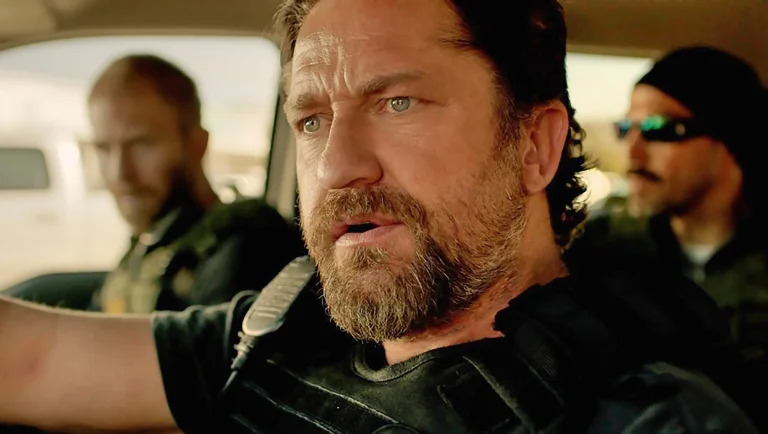

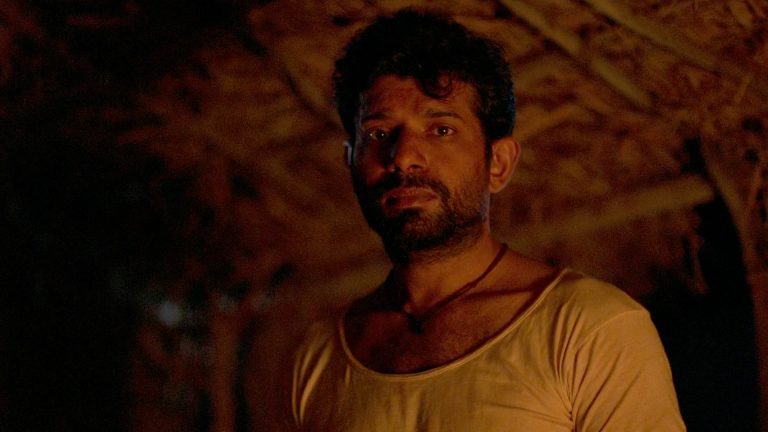
![The Forgiven [2022] Review: A Pensive Offering Provoking One to Introspect](https://79468c92.delivery.rocketcdn.me/wp-content/uploads/2022/06/The-Forgiven-2022-768x512.jpg)
